You might not recognize the name Dene Carter (and kudos if you do!), but you’re undoubtedly familiar with some of his work. He started making games in the ’80s, like the 8-bit classic Druid, and he hasn’t stopped since.
In the ’90s, Carter joined Bullfrog and helped create Dungeon Keeper. After that, he launched Big Blue Box Studios with his brother and worked under the wing of Lionhead to make a little game called Fable.
In 2009, Carter founded a new studio, Fluttermind, as an outlet for his solo game development. After developing a couple of iOS games, including the critically acclaimed Incoboto, Carter began work on his current focus, Spellrazor.
Dene was awesome enough to answer a bunch of questions that I threw at him, about Spellrazor and other things…
Paul: Dene, thanks for taking time to do this. Before we get to Spellrazor, I simply must ask you about your Fable days. What was it like working on it? Were you all basically trying to make the most ambitious game ever?
Dene: My brother, Simon, and I started working on a weird tile-based fantasy RPG in 1987. We called it ‘The Game’ and it was exactly the kind of naive silliness that every young roguelike developer succumbs to at some point. You could do ‘anything’ in it. Ride horses? Yup. Kill your horse and use its skin to make a fetching hat? Absolutely. Have wildlife slowly learn to use tools and thus form a new civilization? Next week for sure! We never finished it, but we did spend hours exploring the procedural landscape while failing to notice we’d provided no incentives to do any of the other things I just listed.
In 1998 we’d just come off Dungeon Keeper and wanted to make our own Zelda-style game for a much sillier audience, with a big dollop of ‘The Game’ thrown in to show we hadn’t grown up too much. We also had a yen to make something semi-procedural where villages, trade routes, the economy and narrative reacted to the player’s choices.
Unfortunately, we’d never made a proper 3D game before and had no idea how much making one would totally destroy most of our ambition. It’s hard to assess how long it’ll take to animate a village full of people when you’ve only just learned what 3D animation entails.
We also discovered that generative content never looks quite as nice as hand-crafted content, and finally had to admit that good generative quests involving spoken dialogue were an absolute impossibility.
Shouting ‘yeah!’ while fist-pumping doesn’t make up for a lack of expertise. On the other hand we had a really clear vision of how our world should look and sound, and once the more ridiculous elements of ambition were reined in we made a pretty good action RPG.
We never got the chicken’s A.I. to develop technology though. We tried.
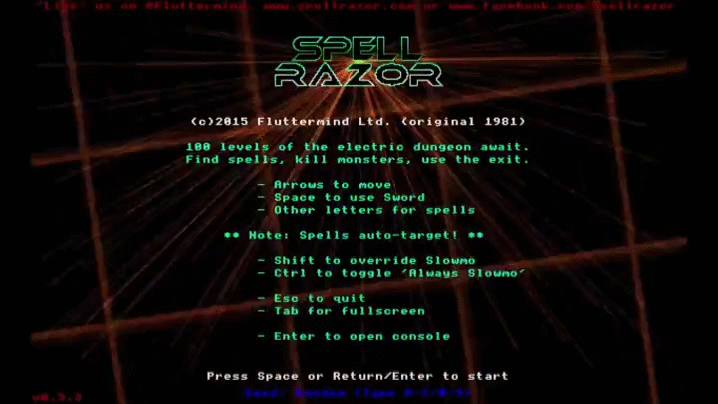
Paul: How did Big Blue Box Studios, your outfit at the time, hook up with Lionhead?
Dene: When we left E.A. we needed somewhere to work and enough funding to avoid resorting to autocannibalism for at least… a while. We were very fortunate to have made a positive impression on Peter Molyneux during our work on Dungeon Keeper, and so he provided us with a space to work, introductions to publishers, and backing for a bank loan. He was also very supportive of any stupid levels of ambition we might voice, which was both a good and bad thing, for both of us as it turns out.
Paul: I’m sure that what you learned from making Fable could fill a book, but what’s something you learned from it that you applied directly to Spellrazor?
Dene: Most of the things I learned from AAA development were about people; getting people to talk to each other, people being wonderfully weird, people exceeding expectations, people misunderstanding briefs to the point of disaster, people, people, people.
Unfortunately, I began working in games because I’m an enormous introvert and dealing with people makes my brain rotate approximately 8 degrees inside my skull. That said, Fable’s development taught me some interesting lessons that stick with me today:
If someone doesn’t understand something in your game, it’s probably your fault, not theirs.
Not every game has to be Metroid. A level can just be a theatrical stage for the other design to play out on.
There’s no such thing as ‘game design’ per se. There’s only ‘thinking about exactly why something needs to be in your game’.
Don’t talk about acorns, ever, especially if it’s just a random idea in your head that hasn’t been confirmed for the final build. Just… don’t, or you’ll spend a lifetime hearing angry people talking about acorns despite their never having shown any interest in horticulture before.
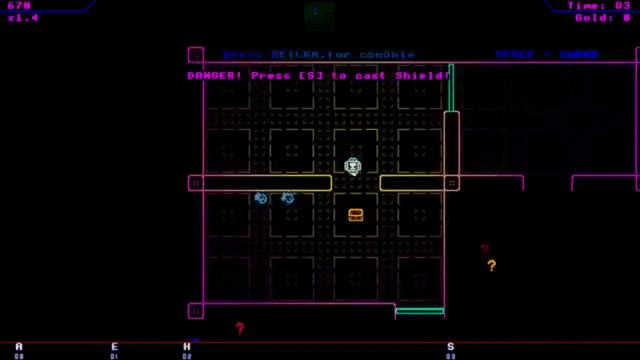
Paul: You went indie in 2009 when you founded Fluttermind, right? What the hell were you thinking?
Dene: When I left I was primarily thinking that I’d like to be able reply to my wife’s question: ‘What did you do at work today, dear?’ without being limited to to reeling off the achievements of other people more talented and capable than me. It is quite troubling to realize that you’ve ceased to make things, and have become someone who merely stops people making the wrong things, and prods others into making the right things.
In addition, there’s something horrific about the pressure of AAA development that totally crushes innovation. “We want you do something brave, bold and new, but you’ve got to sell 4 million copies in the first month or we’ll shut you down.” Not the most creative environment.
Can you imagine a AAA version of a game like Spellrazor?
Them: “Okay, we’ve got the voice of The Adventurer sorted. Mel Gibson says he’ll be out of rehab by then and promises not to say anything too anti-Semitic. At least not too often. We also need a love interest and we’re thinking… Mila Kunis!”
Me: “Um. Okay. So how would that work with the abstract ’80s visuals, and the overall gameplay?”
Them: “Oh boy! We’ve got some GREAT costume designers lined up. You wait until you s… what are you doing with that gun?”
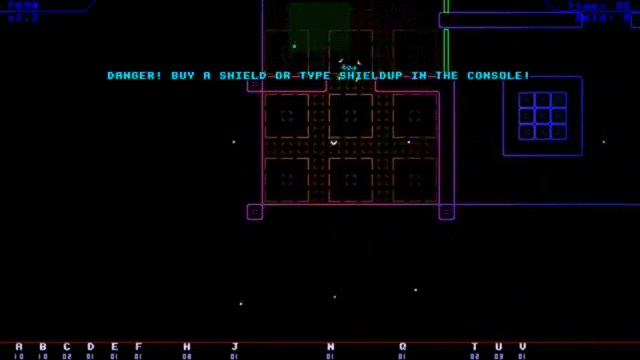
Paul: Your studio, Fluttermind, is a one-man show. Like the creators of arcade games in the early ’80s, you do everything—code, art, music—yourself now. What game dev lessons did you bring with you from your years working with big teams?
Dene: The foremost lessons I learned from working with big teams was the everyone thinks they can do everyone else’s job—or at least thinks they know enough about the other disciplines to use the word ‘just’ when describing a task someone else should be doing: “Well, can’t you just scale the houses by 150% so the camera can move around more easily,” or “Can’t you just make it so those animations blend in code?”
Being a team of one, I get to do everything, and if I’m ever going to patronize anyone and take their skill for granted it’s going to be me. Thus, I have learned I’m an utter arse to work for and am seriously considering talking to H.R. about the unreasonable expectations of my manager. He’s a dick.
In all seriousness, I now spend so much time wearing so many different hats that I’ve even more profound respect for experts in every one of the fields I flail about in.
Paul: Inspirations for Spellrazor include Eugene Jarvis’ classics Robotron and Defender. What is it about these games that make them still so much fun to play?
“These games offer a glimpse of a unique, sinister world and then make exploring that world feel like both a danger and a privilege with every second you are alive.”
Dene: For me, it’s not so much about ‘fun’. Don’t misunderstand me: games like Robotron and Defender offer a challenge to the player that can only be met through mastery, and leveling yourself up can be fun. But for me the appeal of these games is deeper, and partially aesthetic.
When you start a game of Defender the machine growls at you, threateningly. The enemies sparkle like the jeweled carapaces of exotic insects. Those enemies are uncompromising and—despite a lack of sophisticated A.I.—really do seem to want you dead. A shimmering, deadly world is evoked with a few relatively simple elements. There’s a thrill to it that I only find in certain modern games like Dark Souls. These games offer a glimpse of a unique, sinister world and then make exploring that world feel like both a danger and a privilege with every second you are alive.
I feel blessed to have been sentient when Jarvis’ games first came out, and were appreciated as the dark little horrors they are.
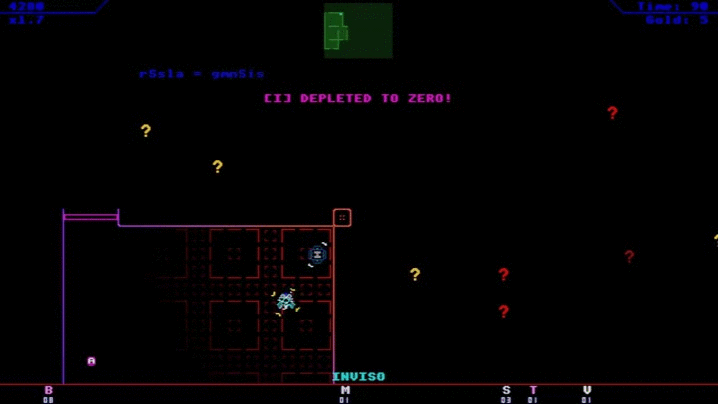
Paul: Other big influences on Spellrazor are Rogue and the proto-roguelite Berzerk. What about the roguelike experience is most interesting to you?
Dene: In roguelikes, death isn’t a mere inconvenience. Traditionally, games are methods for presenting choices in the form of risk-reward scenarios. Too many games offer only lip-service to risk; it is merely as an opportunity to engage with the save system, leading to ridiculously step-time play styles. “I see a potential threat ahead! [SAVE] One step closer… not dead yet! [SAVE] And… Ahh! I am hit! [LOAD]…” This is farcical and lacking in any suspense.
Roguelikes avoid this entirely. They aren’t difficult just for the sake of it. Death is their engine. It is their method of delivering content and opportunities for mastery. In roguelikes, replaying early levels doesn’t involve the tedium of pure repetition. This means that—as a creator—you have the rare opportunity for your game to surprise you.
Finally, getting people to play your game during development is hard. There are only so many times a pre-canned surprise is interesting, and then you’ve burned through that one player/tester forever. Roguelikes don’t suffer from this. They are ‘evergreen’.
One last thing. There would have been no Spellrazor without another game: Halls of the Things for the ZX Spectrum. It deserves a mention, as its impact was profound.
Paul: Out of curiosity, when did you first discover Rogue? A friend of mine had the Epyx release on his Commodore 64, but it wasn’t until I played Temple of Apshai that I really enjoyed a roguelike (this is way before they were called roguelikes, of course).
Dene: I first discovered Roguelikes in the form of a game called Tomb of Drewan on the Vic20. It had primitive graphics, and a ridiculous number of spells shown as letters at the bottom of the screen. Sound familiar? It was the inspiration for my later game ‘Druid’ (although we jettisoned the randomization at the time!). I discovered Nethack in about 1987 and was addicted to roguelikes thereafter.
Paul: What were your tools making Spellrazor? You coded it in LÖVE, didn’t you? Would you recommend that language to game developers who are looking for one?
Dene: As I am a coder I am much happier staring at a screenful of text than a graphical editor. One of my aims for this project was that I wanted to be able to work on a small laptop while sat in a coffee shop, and not take up too much room with my elbows or other paraphernalia.
I also wanted a framework that allowed me to do things in my own slightly odd way. Most of them force you to use someone else’s idea of perfection. I use the rather wonderful Zerobrane IDE as my core environment, which allows me to edit the same project on both a PC and a Mac simply by sharing a folder. I am constantly stunned that these amazing tools are free/donationware.
“Why not Unity”, I hear? I often use a metaphor: ‘The Guitarist and the Pianist’. Mr. Pianist boasts that his instrument can mimic an entire orchestra, and is the industry-defined tool for creating anything from complex baroque to free jazz. Mr Guitarist points out that his band are now headlining Wembley Arena, and that a piano would do nothing whatsoever to improve his Norwegian Black Metal band’s music. I am not a pianist.
Would I suggest Love2D for newcomers? Yes. But not for those who harbor an illusion that they can get through an entire game’s development without learning to code. I have nothing but scorn for those people. SCORN, I say!
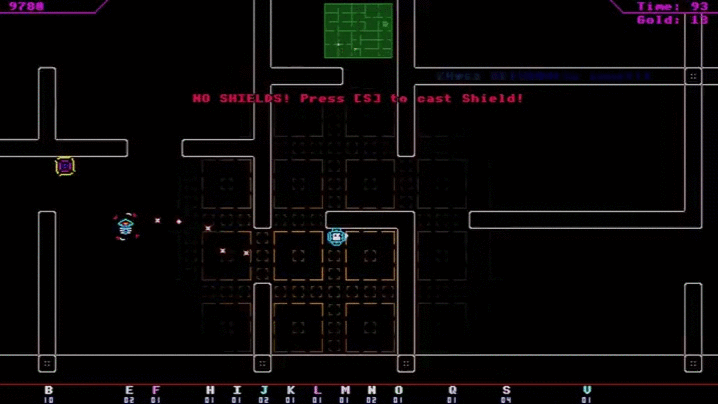
Paul: What did you use for the art and the music?
Dene: I used Acorn for my visuals, but most of Spellrazor’s visual style actually comes from the coded shaders—it’s more about how things are drawn rather than what is drawn. Regrettably, this means that Spellrazor looks rather nice in videos, but like a toddler’s first scribbles with a multicoloured biro in screenshots.
For the music, I did something different to my usual habits. I normally use modular synthesizers and weird effects for my tracks but this time I wanted something that felt 100% like a product of the 1980s. As a result I used the synthesizer plugin ‘TAL-UNO’ and an emulation of the legendary LinnDrum machine in Reaper, and spent some time trying to evoke the demo-scene/’80s-sci-fi show mood. I’ve never written music like it, so I’m glad it worked out as well as it did.
Parts of the ritual music (later in the game) were the product of me singing into an iPad while sat in a wardrobe. Sometimes this is a very strange vocation…
Paul: What aspect of the game was the most challenging for you to create?
“Being a game designer is approximately 60% making crap. That’s your job. You take a ball of fecal matter and mold it, and prod it and press it and squeeze it and pinch it and…”
Dene: The most fundamentally challenging part of creating a game is hearing your game’s unique voice. At the start of development you have no idea exactly what the size of the game’s play-space should be, how fast the player should move, which elements of the game to obscure, which to illuminate. It’s a big mess, and the game is crap. Being a game designer is approximately 60% making crap. That’s your job. You take a ball of fecal matter and mold it, and prod it and press it and squeeze it and pinch it and…
At some point, you stop molding and realize you’ve got a vase. Yes, I know it’s a vase made of crap, but pretend for a moment that it magically transforms into some less turdy material; something you’d actually want to put flowers in.
Design is like that.
While you’re still in the ‘my vase is made of poop’ phase, you’re listening out for a little voice. That voice tells you when something is working or not. It has its own character and it really wants to be heard. Often it’s not the voice you expected, and you have to figure out if it’s the right voice, or merely some other demonic entity (self-doubt or public opinion) saying those things. Once you hear that voice you need to listen out for it thereafter, because that’s where creative truth comes from.
I’m going to have a little more absinthe before the next question, if you don’t mind…
Paul: By all means. Let’s talk about the 27 “fire” buttons. The arcade cabinet would have been a monstrosity! Were you worried about how that might limit the platforms on which the game could be released? I suppose you could implement a spell-select system that could work with a controller, but it would be a much different experience.
Dene: You’d think it would be a monstrosity, but I know one player who has converted his MAME cabinet to play Spellrazor.
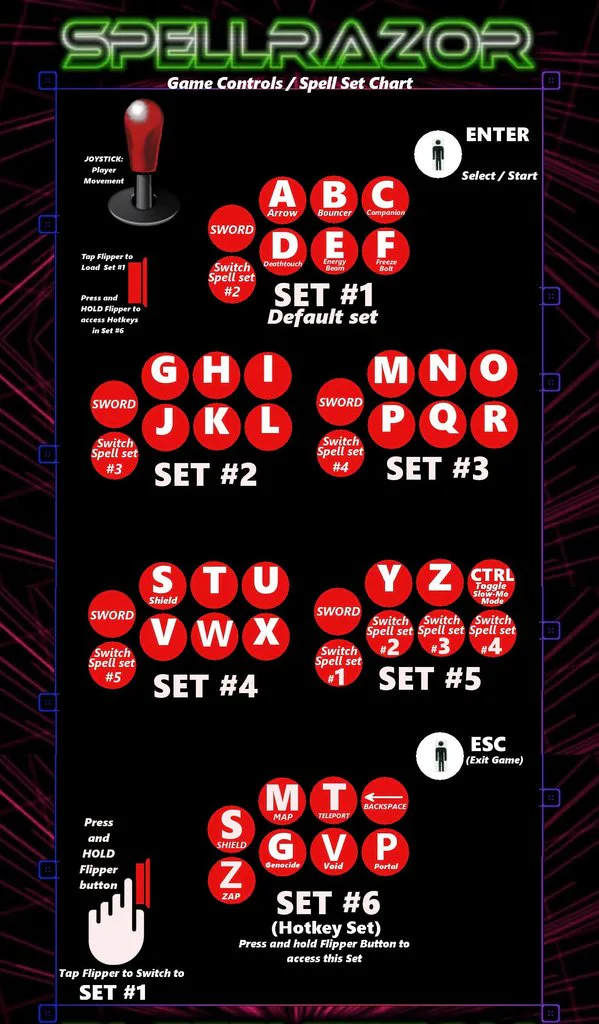
He promises to upload video of the game on this when it is ready. I look forward to this.
I always knew the controls were going to be an issue, but felt that the combination of immediacy and choice was vital for this game to remain true to itself. I’ve had many players say: “Just give me 5 spells and the ability to cycle through them, or else I’ll stop playing.” When you hear things like that, you always ask yourself if they’re right. They usually are—in noticing the problem if not the solution.
But Spellrazor was a love-letter to games like Defender. If you’ve ever seen an expert play Defender, it’s a wonderful thing. Despite the complex array of controls, seeing their hands scamper over the buttons like a concert pianist is wonderful. I wanted to capture that, and add an extra dollop of madness for good measure.
This imaginary player-hero was my goal. I didn’t want to change ‘space’ (the number of controls) or else I’d lose that sense of frenetic madness. My only other choice was to change ‘time’. I did that with Slowmo, and the result seems to have worked for those who have grasped the oddity of the idea. That said, I do play Spellrazor in realtime mode and usually get to level 11+. I am, as they say, ‘L337’.
Paul: One element that makes the action of Spellrazor so compelling is the enemy A.I. Every enemy type exhibits its own particular behavior, like each of the ghosts in Pac-Man. Can you tell me about your approach to programming artificial intelligence? And about the importance of what you call “artificial stupidity”?
Dene: A.I. is one of those areas that has become nonsensically deified, codified and commoditized. Indulge me in another tortured metaphor: let’s say you wanted to present a street thug character in a drama. You’d give him dialog that cemented his background and accentuated his sense of threat. You wouldn’t have him speak in the crisp, clipped tones of ‘The Queen’s English’: “I say, good Sir. I have a gun and demand you give me your wallet this instant!” Ridiculous.
A.I. is much the same. Many developers think they want super smart enemies that will outwit players; whatever that means. A clever developer considers only what enemies/A.I.s need in order to force players to make decisions. That’s very different.
A great example of how early ‘perfect’ Spellrazor A.I. failed is when I gave all creatures the advanced ‘Securitybot’ brains; they all knew where you were and navigated to you, perfectly. You could sit in one room and wait for them to come to you. Dull as reality television. Instead, I chose to give creatures a mixture of homing and semi-random behavior (stupidity). I immediately had players telling me how much they hated certain creatures who ‘guarded doorways’ etc. This was entirely in their own mind. Flawed complexity mixed with randomness is often more interesting than perfection.
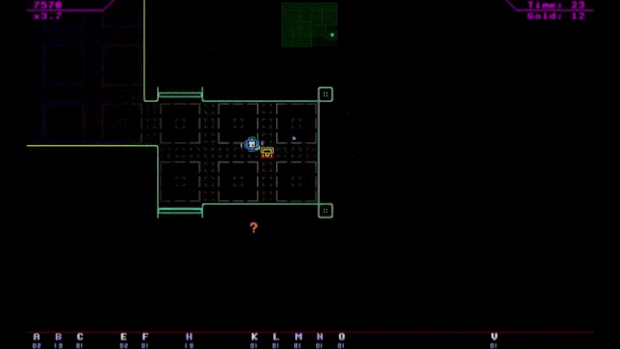
Paul: Before you shifted to working on Spellrazor, you were making a rather ambitious game called BeMuse. Why did you shelve it? What elements carried over to Spellrazor?
Dene: BeMuse (or ‘a game for liars’ as I began to think of it) was—quite literally—driving me mad. The game’s central concept was that I could generate a procedural world, get players to engage in ritual magical behavior, and exhibit the traits of faith. By that I mean the repetition of otherwise meaningless actions in the hope of attaining a reward of some sort. Gambling games do this to a great degree—each time you hear of someone with a ‘system’, you know that they are performing a kind of ritual magic. BeMuse was designed to tap into this, but it turned out to be fundamentally too cruel, too unfriendly, and just a horrible space to ‘live’ in, mentally, while making the game. The game is shelved, but I’m going to resurrect it very soon with a clearer, cleaner and slightly healthier frame of mind.
Spellrazor carries over the procedural aspects of BeMuse, as well as my general interest and tendency toward magical, or demonic themes. It is, however, unlike BeMuse, as it is not a ‘game for liars’ and has not driven me mad.
Paul: The debug console is one of the coolest parts of Spellrazor, not only how it lets you affect the gameplay, but how it reveals the meta-story of Duncan Bower, developer of Polybius—and of the original Spellrazor. Was the console, and how it’s used as a narrative device as well as a game mechanic—was that part of Spellrazor from its inception? Part of its raison d’etre?
Dene: The console was a relatively late addition. It began life as a hacking sublime. All other aspects like buying, selling and ‘shieldup’ were in-game objects or interfaces. However, as I learned more about Bower and the Harbingers I felt compelled to reveal the ‘man behind the curtain’ to some degree. The fact that this also gives a ‘meta’ sense to the game, and alters the mood of the experience somewhat gave the notion more ‘truth’ than I could have hoped for. The director David Lynch talks a lot about this: establishing and sustaining your world’s truth despite outside interference and distraction, listening for things that support it and rejecting those which destabilize it. All these things are valuable to me as a solo developer.

Paul: With the latest update, Spellrazor now has an ending or few, is that correct? Are we able to find out the ultimate fate of Duncan Bower?
Dene: Spellrazor has an ending; singular and unpleasant (the game remains as a fun arcade shooter beyond this, of course). You will find out all that I know of the fate of Duncan Bower, and how it links very much to the real world. I genuinely spent 2 sleepless nights in my house while coding aspects of ritual magic alone in a large, dark house late at night (my wife was away). Part of it involved walking down a certain road in 3D on Google Maps for about 10 miles. It is not something I would recommend.
Paul: You’ve been very open throughout your development of Spellrazor and you’ve made the alpha available to the public for free. Has the feedback been important? How has it influenced the game’s development (besides prompting bugfixes)?
Dene: Feedback has been tremendously important. New players have a way of completely ignoring the best way to play your game, mashing keys like gibbons and then making you realize that, in fact, YOU are the gibbon. Ook. Initially, for example, the entire game was in real-time, and I still expected players to handle 27 weapons with verve and style. They did not. Likewise, during the creation of your game, you assume your public has perfect knowledge. They do not. Game Jolt’s players in particular have helped enormously in both maintaining my enthusiasm with their attention (for we are all performers, luvvie) and pointing out that these assumptions are quite horribly wrong.
Socrates once said ‘I only know that I know nothing.’ I’m sure he was just being modest because I didn’t hear about him ever trying to eat his own feet, for example, but you understand his point.
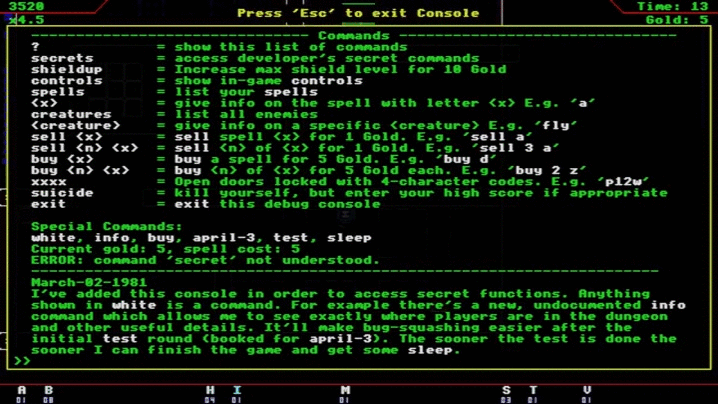
Paul: So your plans are for the final version to be a commercial release? How close is it to final? What’s left to do?
Dene: I would like to be able to continue working on Spellrazor, and that comes at a cost. There is not necessarily a great deal more to do. The standard route for roguelikes going commercial is to keep a near identical free version out there, and treat the commercial version as a kind of ‘please support further development’ option.
On the other hand, I have a lot of ideas for ways to expand Spellrazor’s in terms of terrain variety (traps, layout etc), game modes offering a single global dungeon, and potential for user-edited levels. These will all take a considerable amount of time, and the one has to judge the balance of effort versus returns at some point. If people want it, they’ll let me know!
Paul: Do you do much gaming yourself? What have you enjoyed recently?
Dene: I play many many games; more when I do not have to beat my wife away from the controller with a stout stick. I have just finished Layers of Fear and am now deeply entrenched in both Cataclysm: Dark Days Ahead and Fallout 4. I play all sorts of games with varying levels of visual fidelity. What matters to me is the consistency and memorability of the experience and mood, not how many pixels are pushed.
Paul: Before I let you go, I have one final question. How do you keep your mustache so luxurious? Seriously.
Dene: It is the generous application of Firehouse Wacky Tacky mustache wax, and approximately 45 seconds of preening. No more, sir! NO MORE! That would be indulgent.
If you haven’t already, you can grab the current version of Spellrazor from Game Jolt and itch.io.
Also, be sure to vote for Spellrazor on Steam Greenlight!
#denecarter #interview #gamedev #fluttermind #spellrazor #fable #greenlight
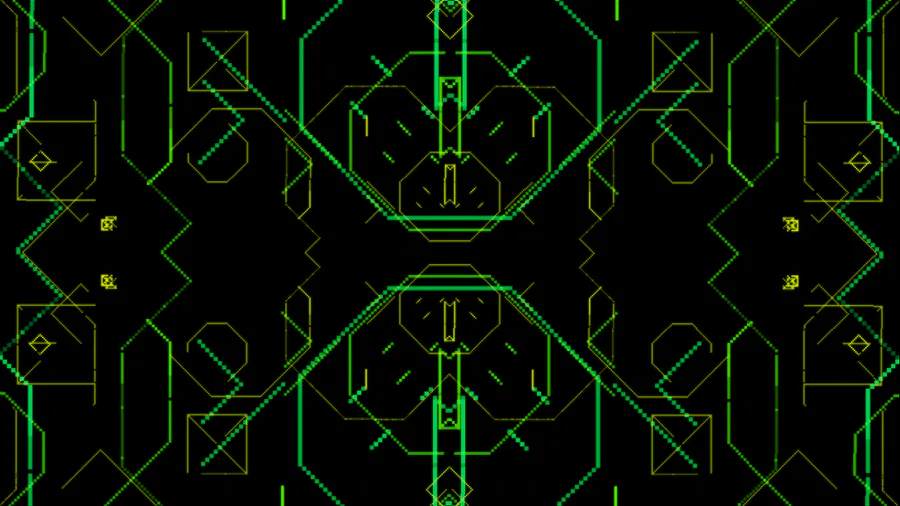

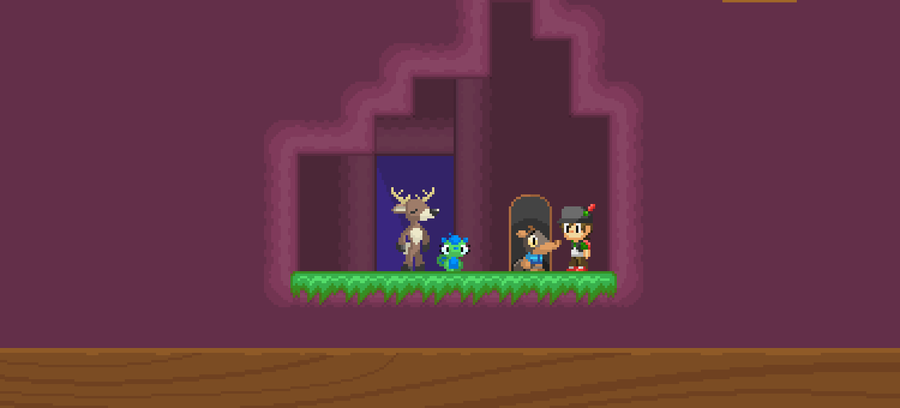
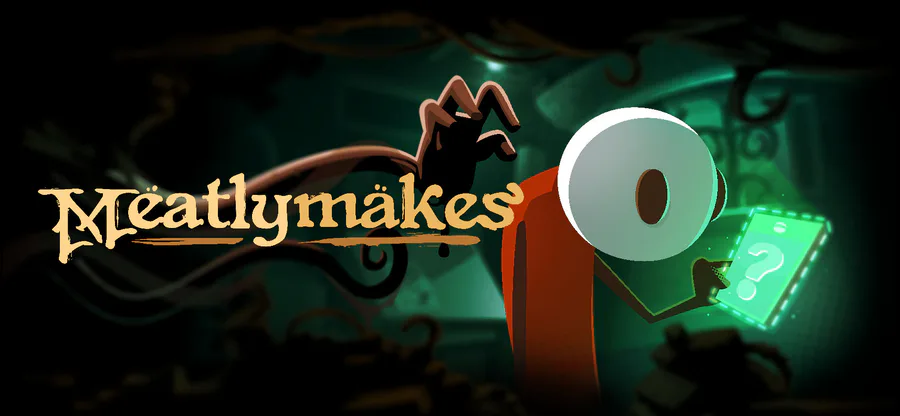
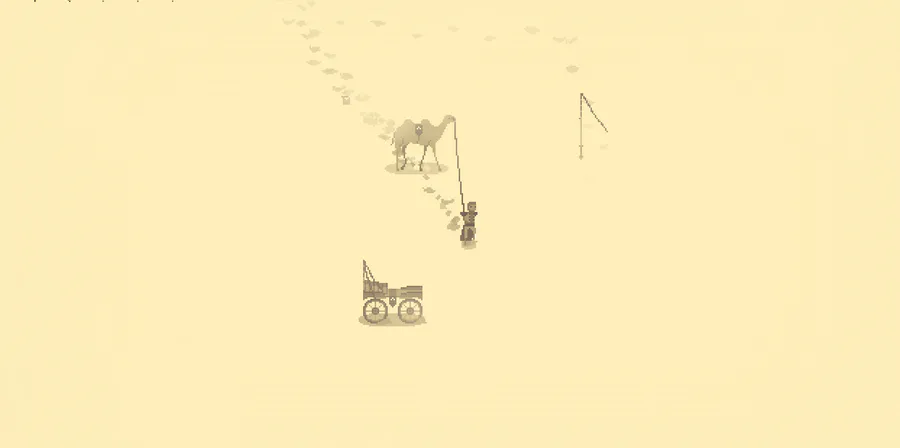
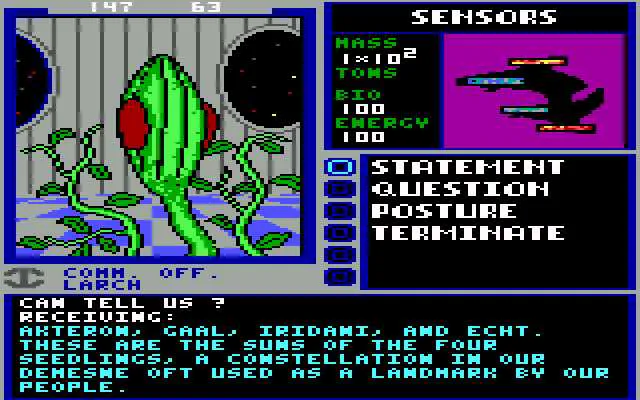
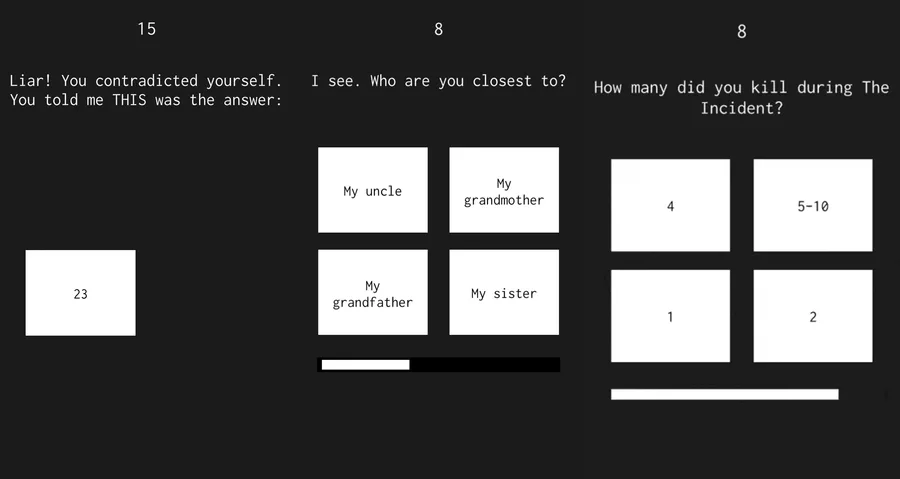
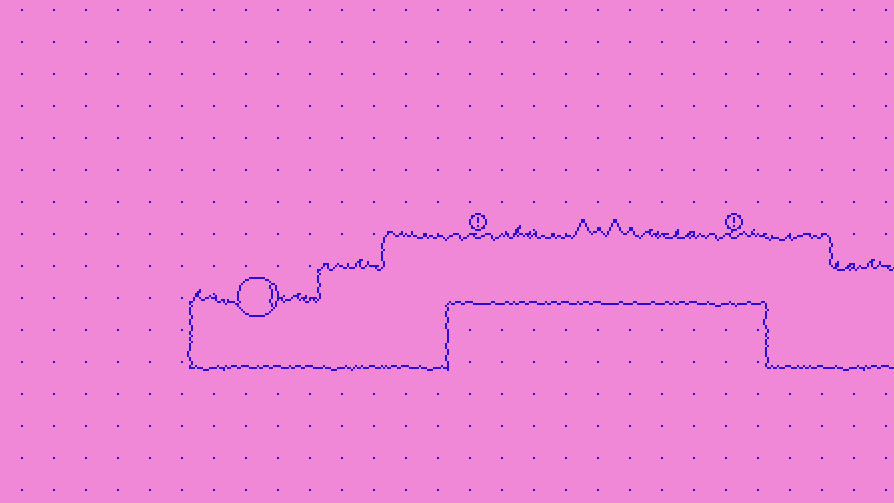

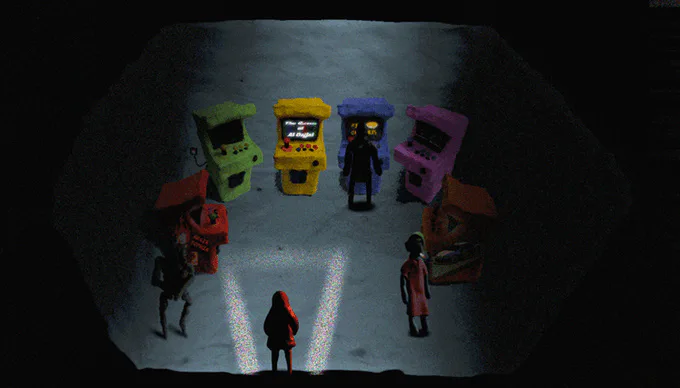

4 comments